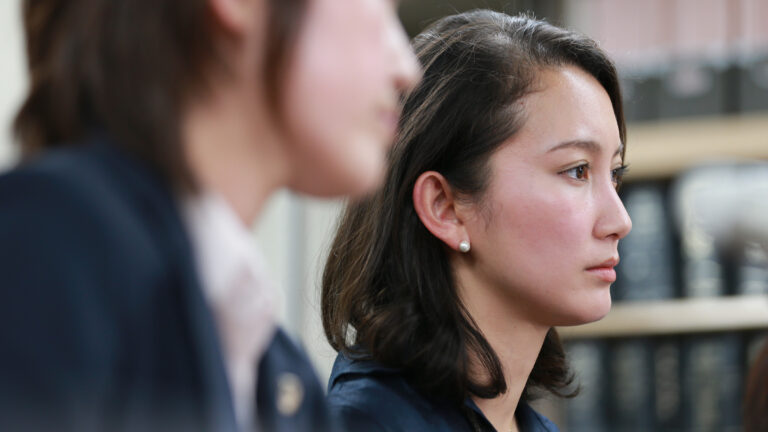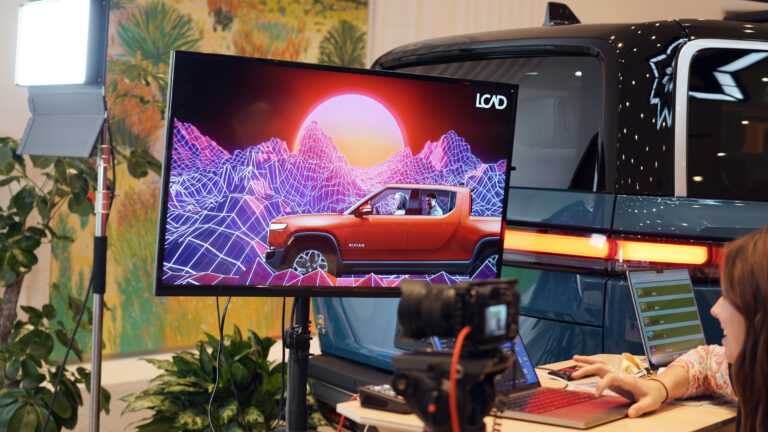According to writer Clint Carter, “Humans have relied on music to carry stories and bring people together” throughout history.
So when Rolling Stone asked him to ride a Can-Am Spyder across the U.S. to spotlight the artists, venues, and recording studios keeping this important storytelling history alive, they turned to creative production studio Riverside Entertainment to produce the five-part series called Common Tread.
In this installment of Made in Frame, we learn how they navigated through the complexities of shooting and editing a series that involved extensive traveling during a pandemic, and how Frame.io helped them craft their stories and bring their teams together from coast to coast.
A long road
This project was, from the get-go, intended to be a on-the-road production across numerous locations with episodes shooting in locales ranging from Los Angeles to Woodstock (NY), with Mississippi, New Orleans, and Nashville in between.
With Rolling Stone based in New York, Can-Am and agency Anomaly in Canada, Riverside Entertainment in Nashville and LA, and post-production house Outpost in St. Louis, the need for remote collaboration was already a given.
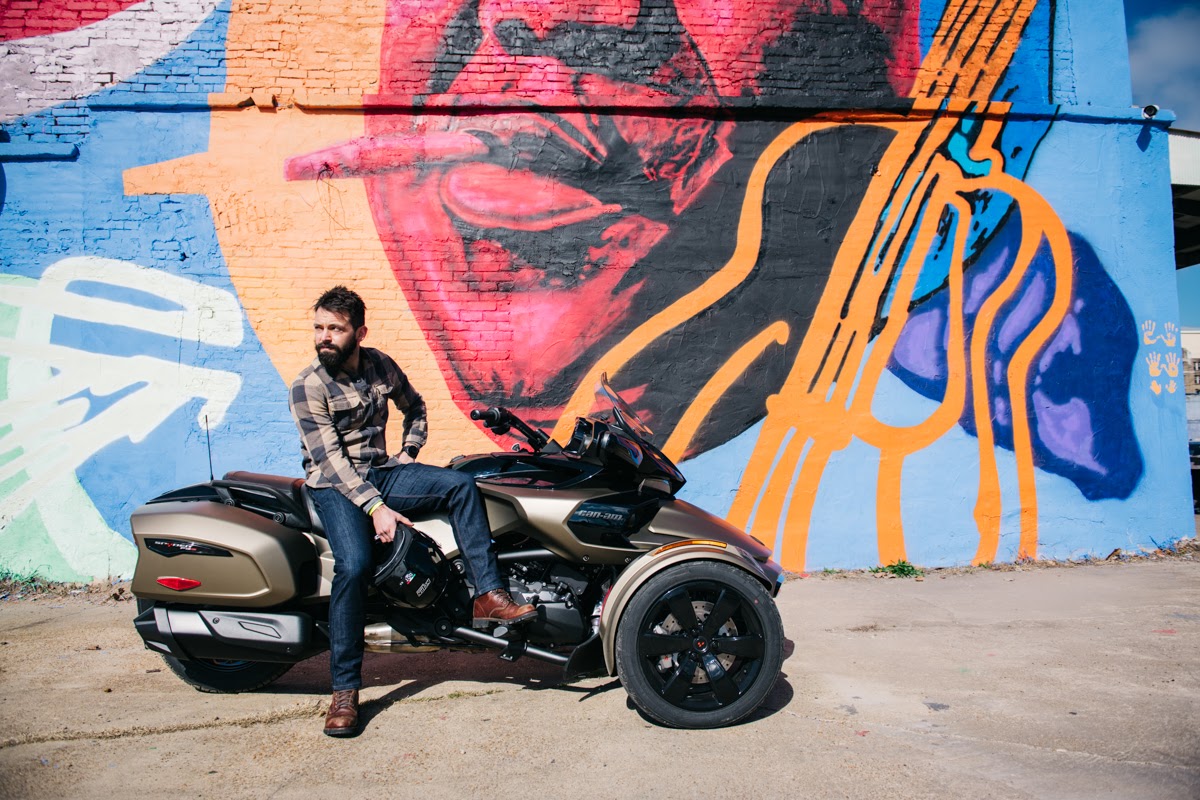
But then there was the pandemic to ratchet up the overall complexity of the series.
According to Jeff Molyneux, Riverside Entertainment’s co-founder and head of production (Nashville), what was originally slated to be a two-month project expanded to eighteen months. Whole episodes had to be rescheduled—or canceled and completely reconceived—as the virus spiked and traveling became too dangerous.

“We were supposed to go to Toronto to film an episode, and then Canada shut down. That’s how we came up with the Mississippi episode with Kingfish. And then when we shot the New Orleans episode, it was an eight-piece band and because of COVID, we had to comply with how many people could be inside in the venue at a given time.”
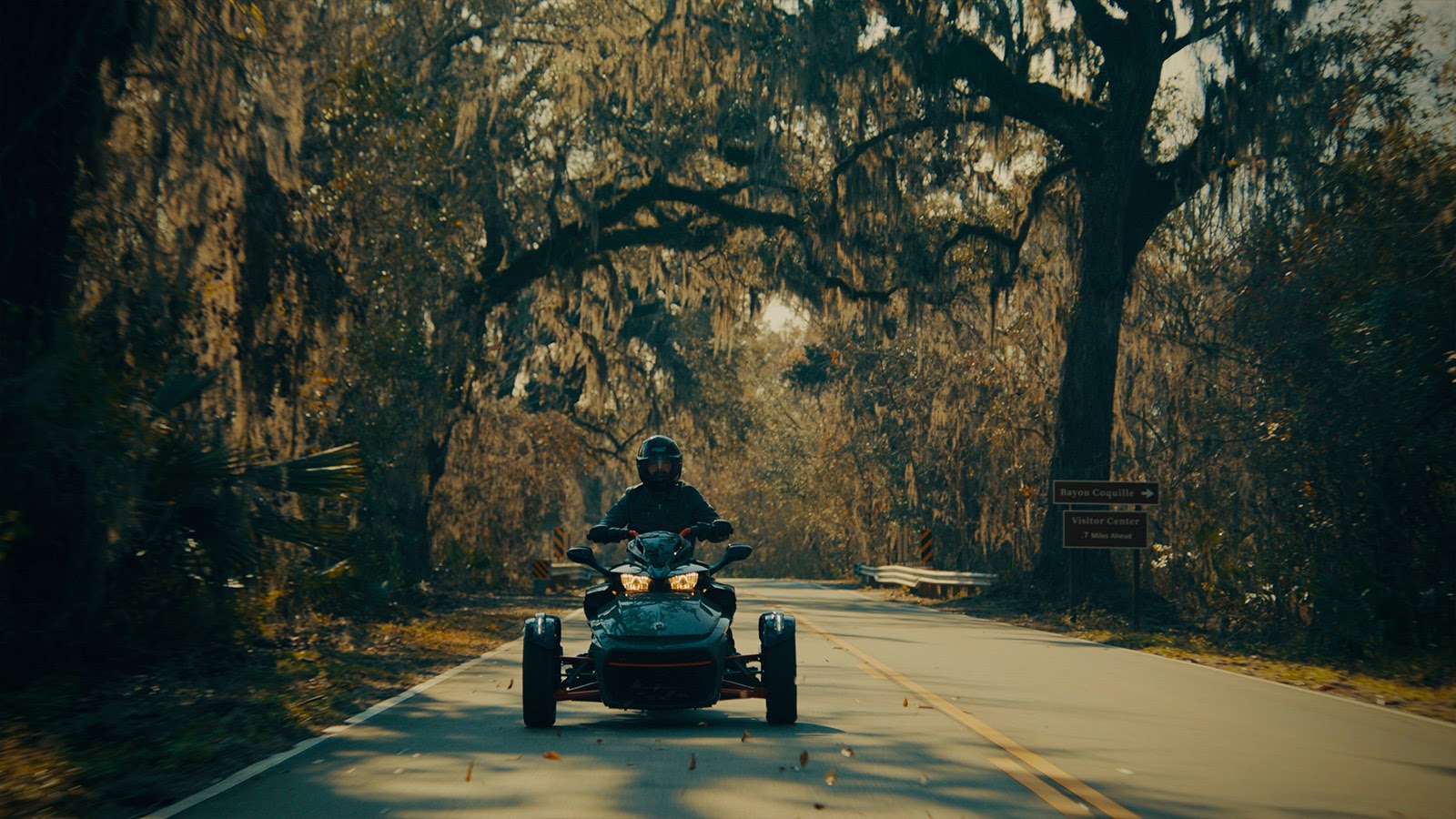
Which also meant that the clients couldn’t travel to the shoot. “They couldn’t be on set, but they had to see everything and we needed to get it to them quickly. We really relied on Frame.io for that.”
A protracted schedule
A series is always a substantial amount of work under the best of circumstances.
Shot on REDs and Alexa Minis, across the five episodes the project occupied 9.22 TB of footage in Frame.io. For each episode, Outpost had to create the main cut as well as a teaser.
After the initial cuts, each episode went through two or three iterations for revisions. The first pass was uploaded for the Riverside EPs and director via a Frame.io shared folder to get their notes and feedback prior to sending episodes to Rolling Stone.
Then, once Outpost addressed the notes from Rolling Stone, they’d share with the Can-Am clients for review.

Having more time to deliver doesn’t always translate into making the process easier.
In the case of this project, because the schedule was so protracted there were opportunities for evolution in the branding and graphics, so it fell to post-production manager Sunshine Clay to handle the logistics for Outpost.
“A full year went by between editing the first episode and its actual launch,” she says.
“So not only was it challenging to pick up and carry on the style and momentum after the COVID pause, the brand had also evolved during that time, and unifying all the style and brand elements across the episodes became another tricky assignment.”

Beyond that, there were also English and French versions for all of the shows and teasers, which needed to go through a translation process.
“We hadn’t done a lot of subtitling work prior to this project, and there were some hiccups as we learned the best workflow for the Canadian French versions,” Sunshine says. Ultimately, it was up to Can-Am to ensure that everything was faithfully translated, a task made easier by exchanging versions through Frame.io.
Throughout most of the project, the teams used Frame.io for exchanging cuts and reviewing. But toward the end, they also used it for deliverables. According to Sunshine,
“As we got closer to launch, we were able to pass along some of the individual show assets to Rolling Stone so their promo team could work with those elements to create additional social posts.”
Unique textures
In each episode, Clint Carter travels to interview different artists, but the venues were almost characters in themselves with distinct personalities.
So while the series needed to have a consistent feel, Outpost’s supervising editor Lucas Harger explains that each individual episode had a more uniquely nuanced tone.
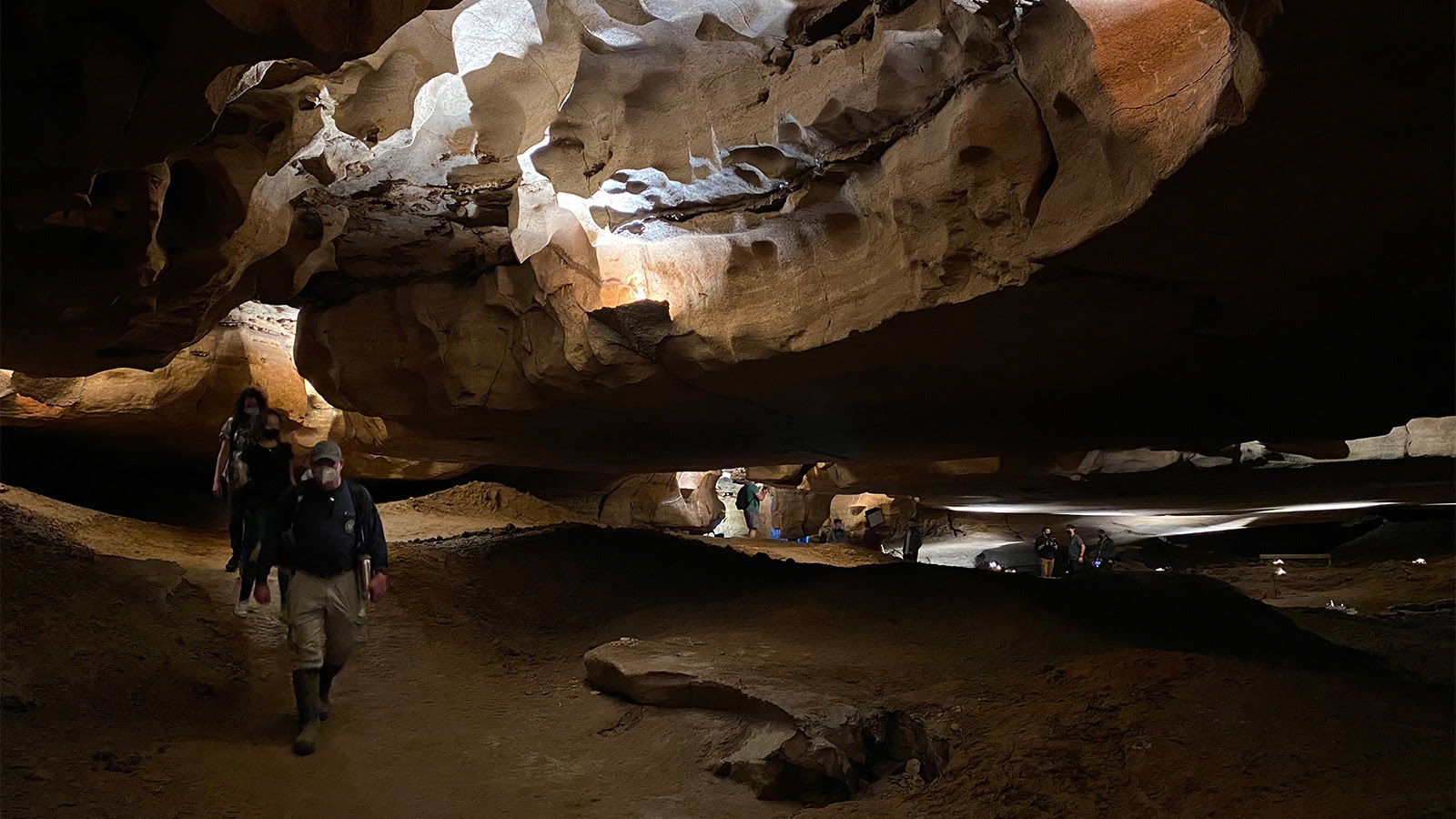
“It’s all within the brand, but each episode needs to fit the specific texture of the location or the theme that they’re exploring,” Lucas says. “If you think of the master, Anthony Bourdain, every episode had a different feel, but it was all distinctly his style.”
Because Common Tread is shot documentary style without scripts or storyboards, the Outpost team started by viewing the footage for each episode and having a kickoff call with Riverside to talk through their goals.
“We’d talk about the main story beats and then get into laying it out so the conversations and interviews felt the most natural,” Lucas says. He describes the shows as having been creatively fluid.
“As we were cutting, we’d think about how Clint could give us some voiceover bits to help with transitions from scene to scene, and we’d share cuts with him in Frame.io so that he could write and record them.”
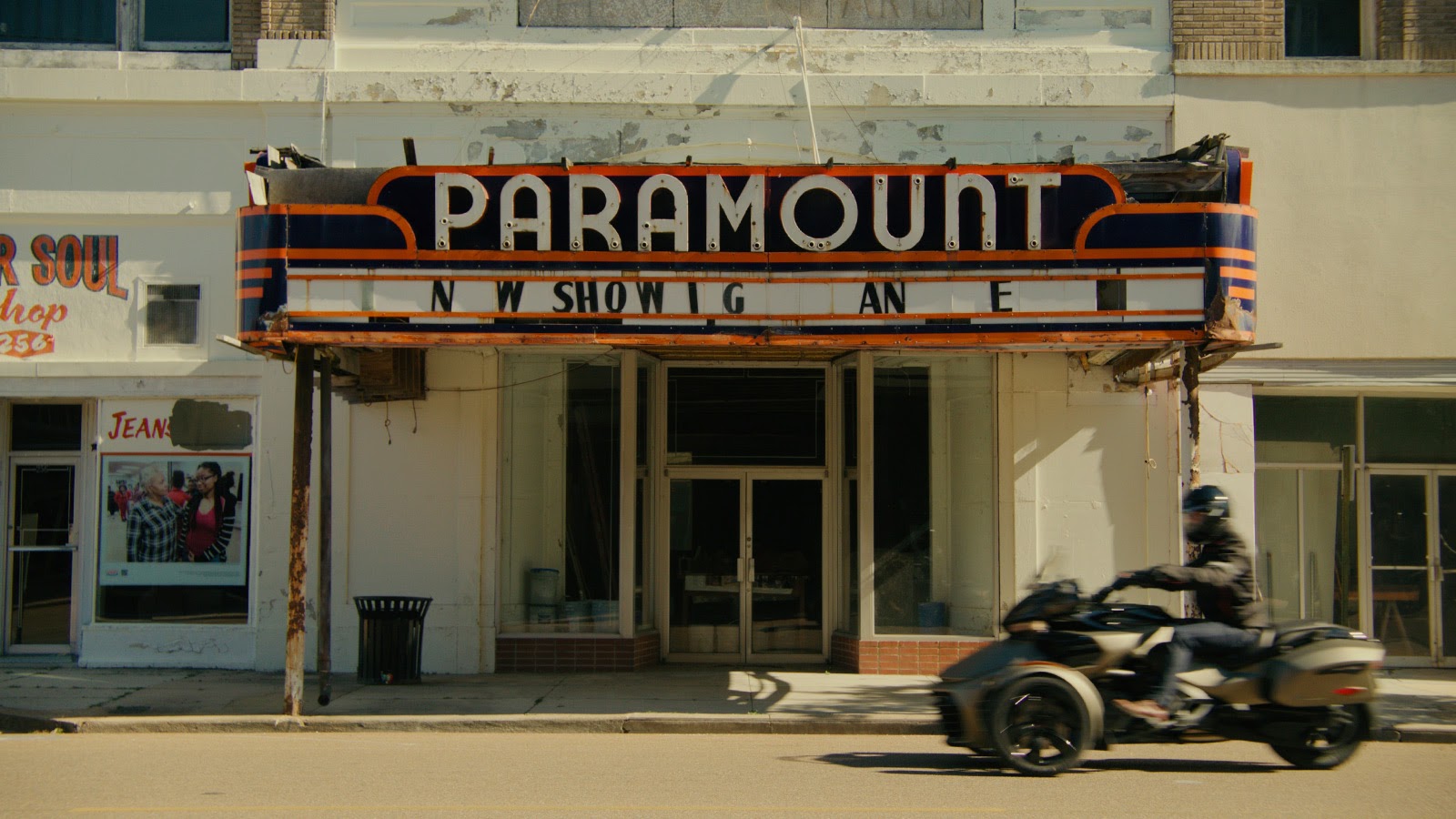
That fluidity extended to the sound design and color grading, as well.
Longtime Outpost collaborators, colorist Brian Singler and sound designer Steve Horne, worked closely with Lucas to help give each episode its own distinctive look and sonic signature.
For example, if you watch the first two episodes, you’ll immediately notice the contrast between Clint riding through the noisy streets of LA to interview Shooter Jennings at the legendary Viper Room, followed by his off-road, gravel-crunching trek to The Caverns in Tennessee.
In the first, Clint is surrounded by the sound of traffic and the brightly colored billboards. In the second, the fall-hued trees and warmly colored caverns blend with the tones of the bluegrass musicians whose style evokes and echoes the natural environment.
“We used the locations and themes to drive the creative decisions,” Lucas says. “Every episode had its own tone and vibe that fits the texture of the location.”
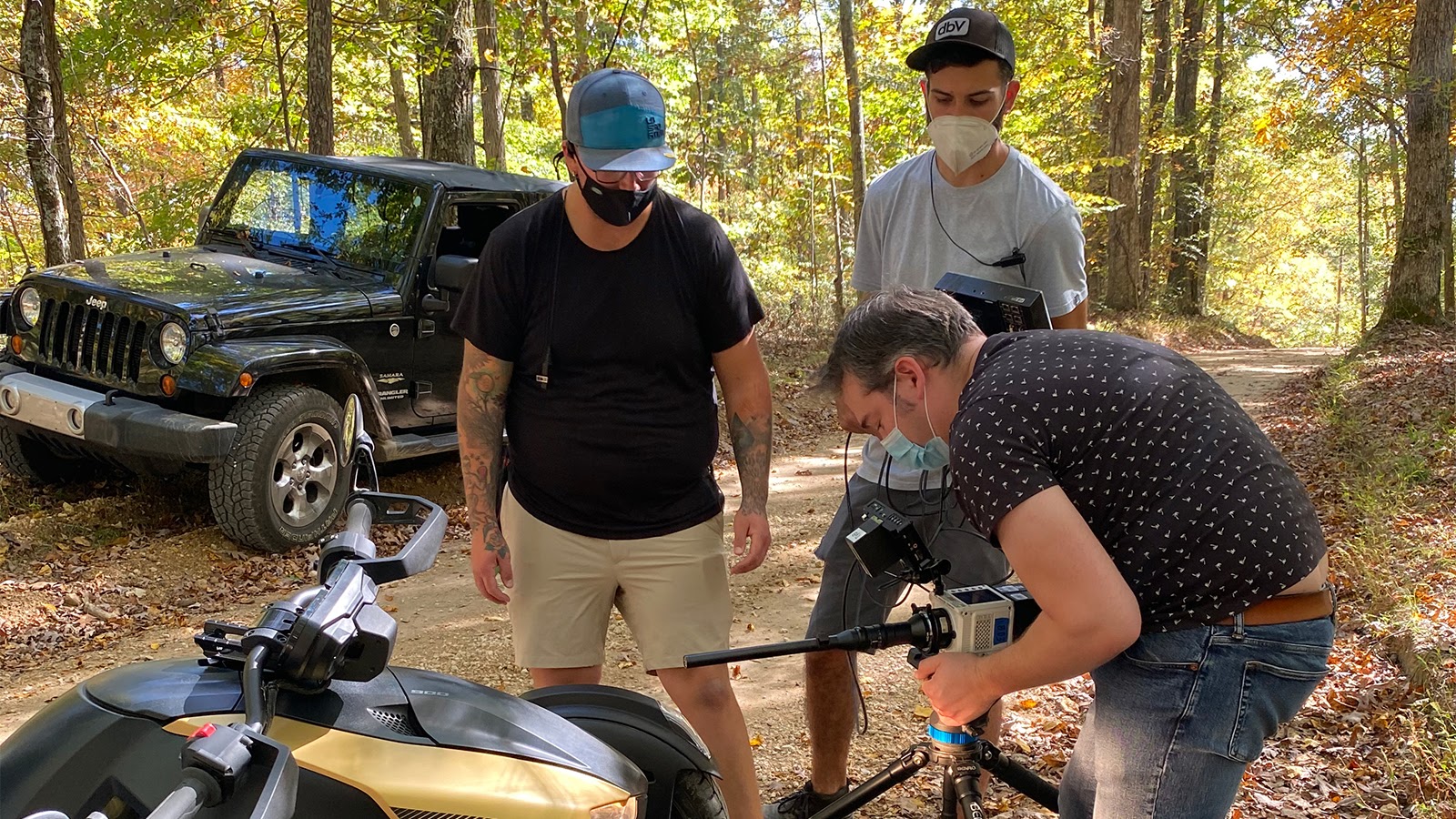
Bringing people together
Producing a series requires clear communication between all the entities involved, especially as shows develop over time. And in the case of Common Tread, there were a lot of moving pieces in a lot of different locations.
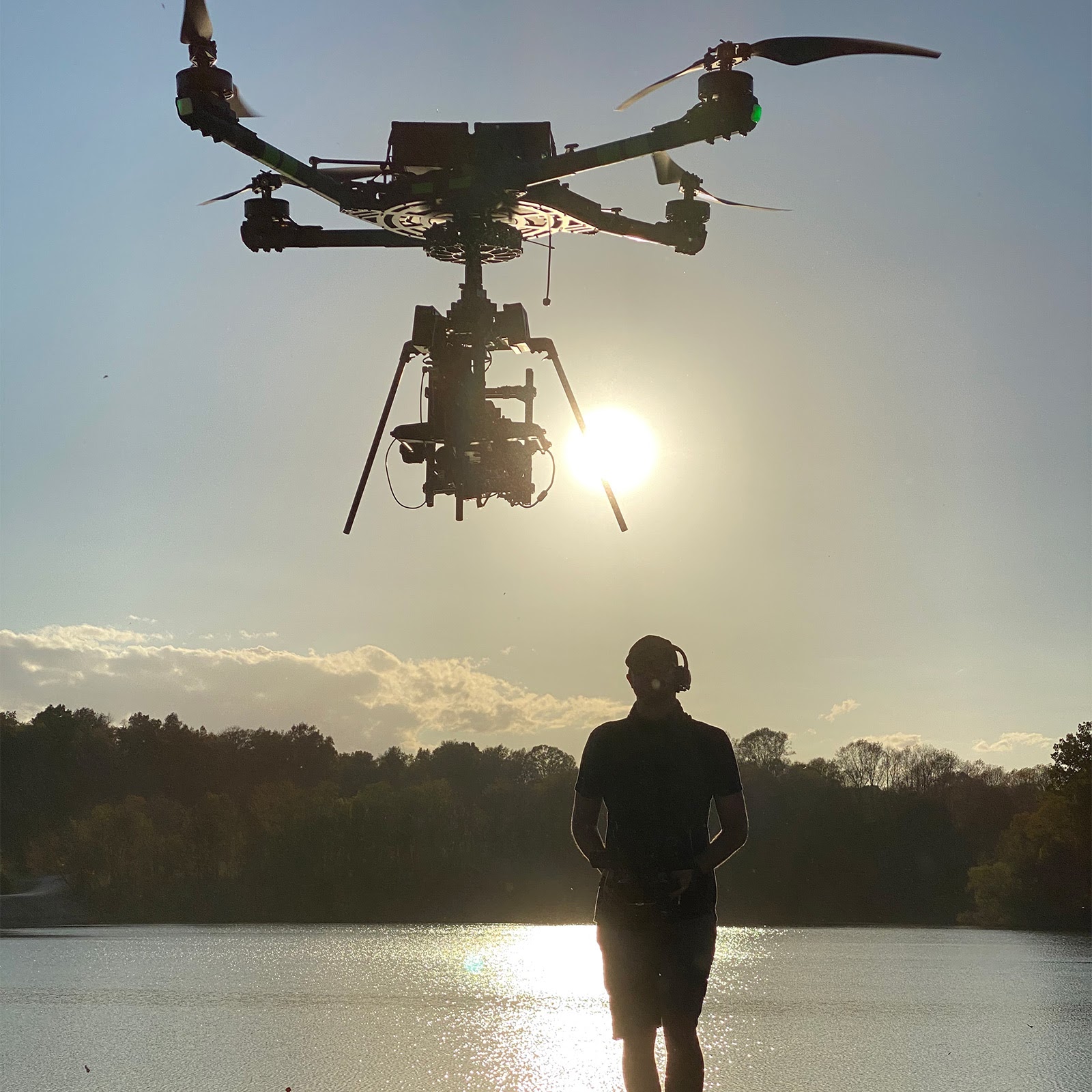
It’s one of the reasons Jeff found Frame.io so essential to the process.
With six Outpost editors working on Premiere Pro either from their homes or at the facility, Riverside director Alex Chaloff was also able to easily communicate with them through Frame.io directly in their Premiere cuts from wherever he was.
“They’re basically all working in unison together,” Jeff says. Which made all the difference given not only the distance between directors, clients, EPs, and editors, but also just personally for Jeff.
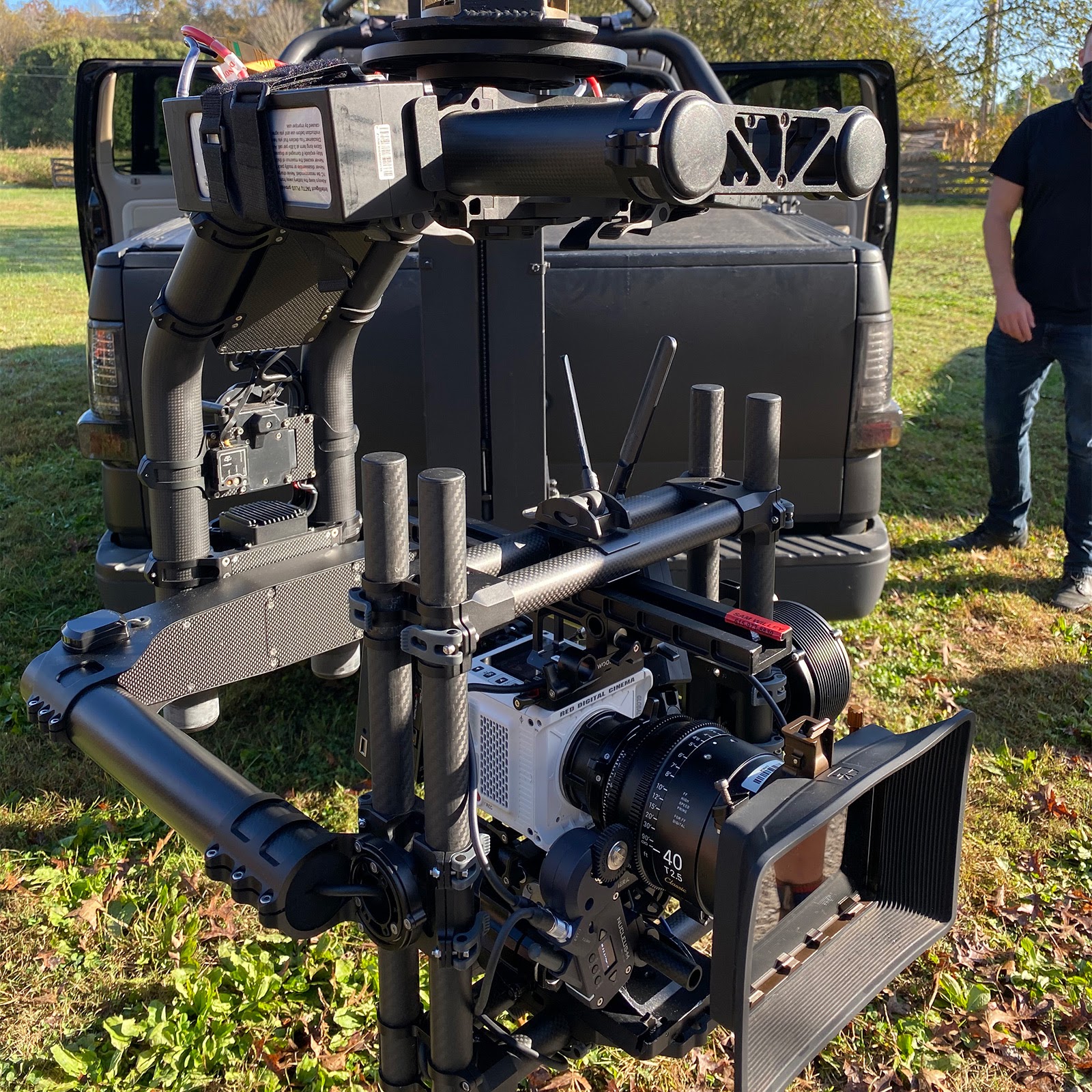
“I’m always juggling multiple projects,” he says.
“And all Lucas has to do is text me when there’s something to look at and I can just go in and make notes really fast and then he’s got another cut to look at within an hour. I wouldn’t have a company if I couldn’t move at this pace, and there’s really nothing else that allows me to.”
Jeff even uses Frame.io nowadays to keep cuts of all of his directors’ reels.
“I tell all my directors to put their best content into a Frame.io folder and that way I can curate it and submit their work for jobs almost instantaneously.”
Sometimes it’s even faster just to try things than to talk about them.
For Outpost, Frame.io has been an integral part of their workflow that likewise allows them to receive notes and respond easily.
“With computers and the internet, you can cut different versions really quickly,” Lucas says. “Sometimes it’s even faster just to try things than to talk about them.”

As a post-production supervisor, Sunshine highlights the fact that even after pausing for COVID, Frame.io helped them quickly jump back into the creative conversation.
“I was able to quickly reference prior edits and push forward with the subsequent edits, and the links allowed me to easily share references with my team,” she says.
“Additionally, it’s been a great place for us to archive final masters and post elements so that Riverside can easily access them.”
Connecting through stories
Jeff, Lucas, and Sunshine all agree that making these shows was challenging but rewarding.
And if Clint Carter thinks that stories create connections, Sunshine agrees. “I feel like the stories and the local flavors have been so well captured—after the Woodstock episode I was ready to fly out to visit Allaire Studio to reconnect with my hippie parents’ roots.”
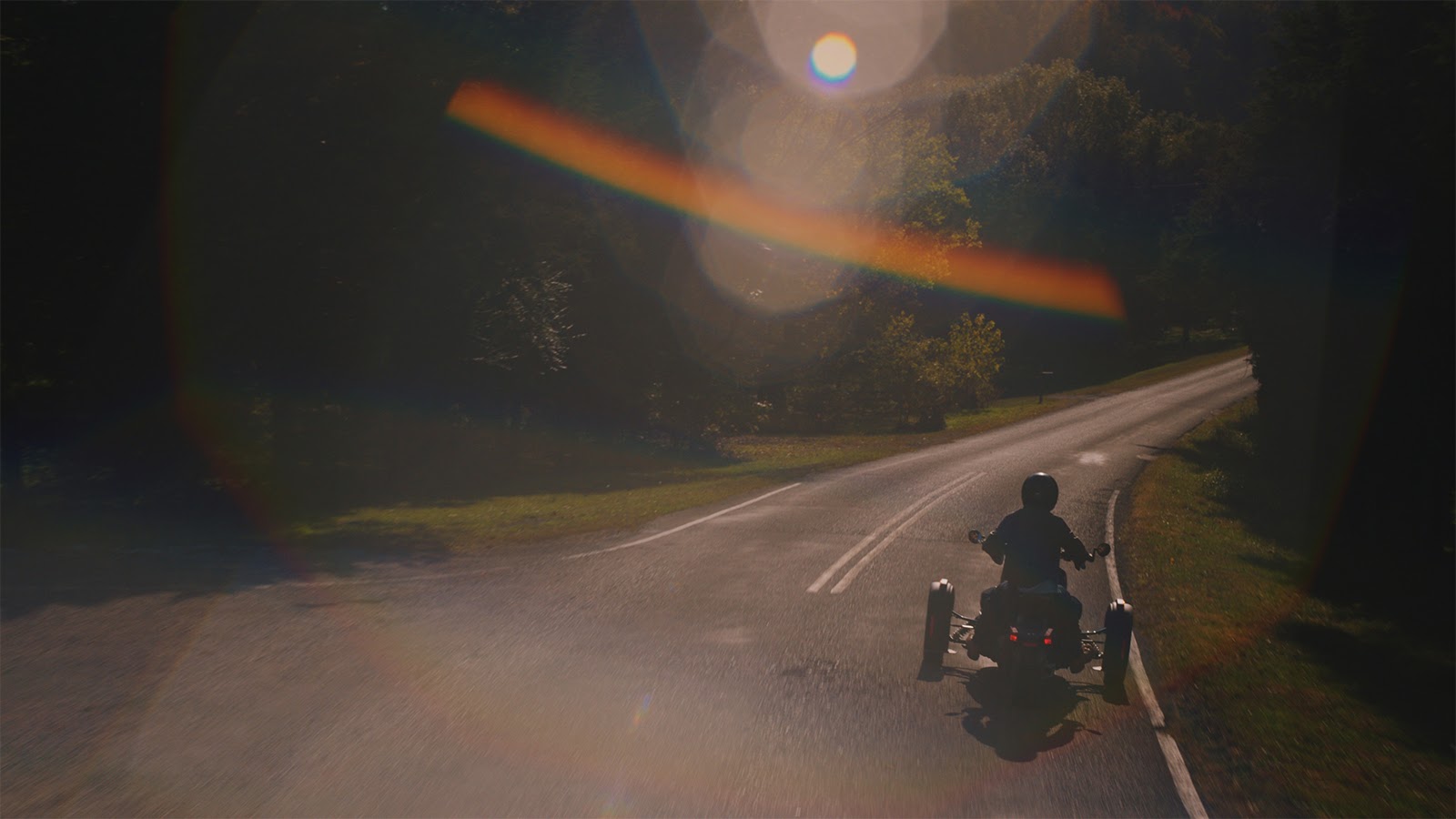
With a team distributed from coast to coast, a pandemic, an evolving brand, and an ever-changing production, we’re happy to be able to connect creators with their stories.



